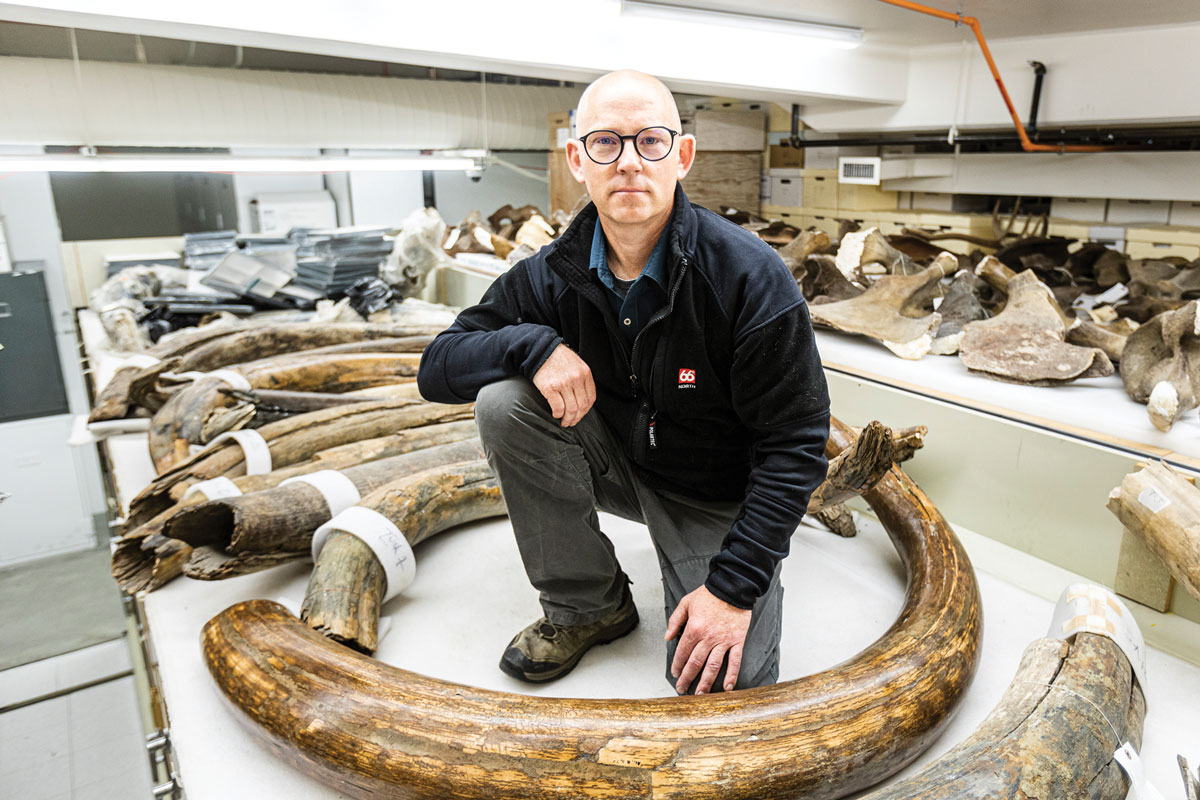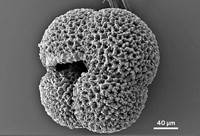Advertisement
Grab your lab coat. Let's get started
Welcome!
Welcome!
Create an account below to get 6 C&EN articles per month, receive newsletters and more - all free.
It seems this is your first time logging in online. Please enter the following information to continue.
As an ACS member you automatically get access to this site. All we need is few more details to create your reading experience.
Not you? Sign in with a different account.
Not you? Sign in with a different account.
ERROR 1
ERROR 1
ERROR 2
ERROR 2
ERROR 2
ERROR 2
ERROR 2
Password and Confirm password must match.
If you have an ACS member number, please enter it here so we can link this account to your membership. (optional)
ERROR 2
ACS values your privacy. By submitting your information, you are gaining access to C&EN and subscribing to our weekly newsletter. We use the information you provide to make your reading experience better, and we will never sell your data to third party members.
Climate Change
Peatlands may hold double the carbon previously thought
An updated algorithm reveals a much larger carbon stock in northern peatlands
by Giuliana Viglione
October 27, 2019
| A version of this story appeared in
Volume 97, Issue 42

Peatlands are the planet’s biggest terrestrial carbon sink, and understanding how they store and cycle carbon is critical for understanding climate change. But Jonathan Nichols, a biogeochemist at Columbia University’s Lamont-Doherty Earth Observatory, noticed a pattern when reading about peatlands: everyone cites the same statistics over and over again. He began to wonder whether those numbers were “the best we can do,” he says. Nichols and coauthor Dorothy Peteet of NASA Goddard Institute for Space Studies created a probabilistic distribution that included data from peatlands that had been left out of previous studies because their data were too sparse. The new approach nearly doubled the estimated amount of carbon held in northern peatlands (Nat. Geosci. 2019, DOI: 10.1038/s41561-019-0454-z). The study also has implications for paleoclimatology; it suggests that the expansion of peatlands and their carbon accumulation rate increased much more quickly after the end of the last ice age than once thought. The inclusion of sparsely sampled sites in the updated estimate sacrifices some precision in favor of improved accuracy, Nichols admits. However, this is a trade-off that offers a “more complete look at carbon in peatlands” that will help refine future climate models, he says.





Join the conversation
Contact the reporter
Submit a Letter to the Editor for publication
Engage with us on Twitter